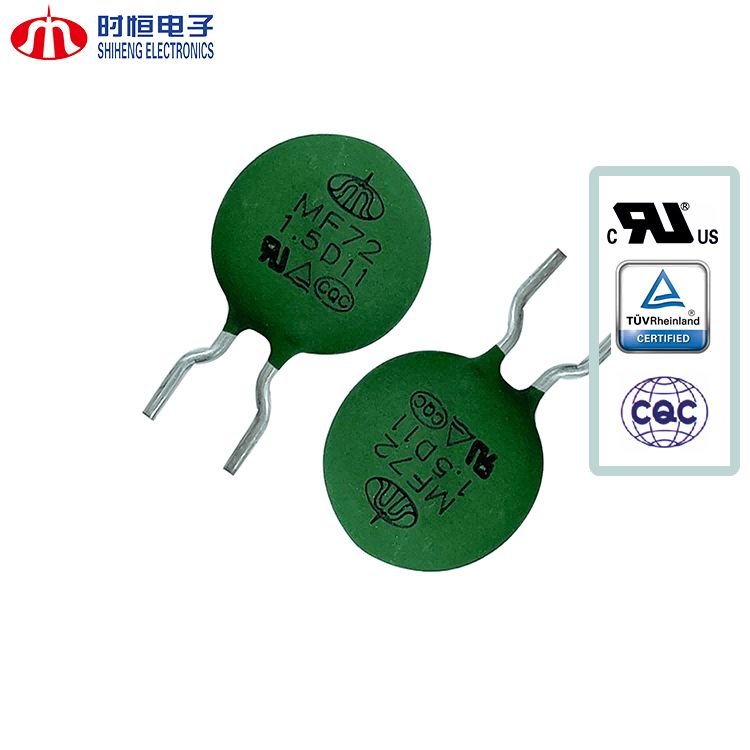What You Need to Know About NTC Inrush Current Limiters
Oct 29, 2024Have you ever experienced a power surge or circuit breaker tripping when turning on an appliance or electronic device?
This could be due to inrush current, which is the initial surge of current that flows through a circuit when power is first applied. To prevent this surge from damaging the circuit or components, an NTC (Negative Temperature Coefficient) inrush current limiter can be used. This type of limiter is made of a thermistor that has a decreasing resistance as its temperature rises.

When power is first applied, the thermistor's low resistance allows current to flow freely, limiting the initial surge of current. As the current decreases, the thermistor's temperature rises, increasing its resistance and limiting the current further.
NTC inrush current limiters can be used in a variety of applications, including power supplies, motor controllers, and LED lighting. When selecting an NTC limiter, it's important to consider the circuit's operating voltage, current, and temperature range, as well as the thermistor's time constant and maximum power rating.
NTC inrush current limiters are a simple and effective way to protect circuits and components from inrush current damage. By selecting the appropriate limiter and following proper installation and testing procedures, you can ensure your circuit operates safely and reliably.
We hope this article has been helpful in providing you with the knowledge and tips you need to use NTC inrush current limiters in your projects. Happy circuit building!